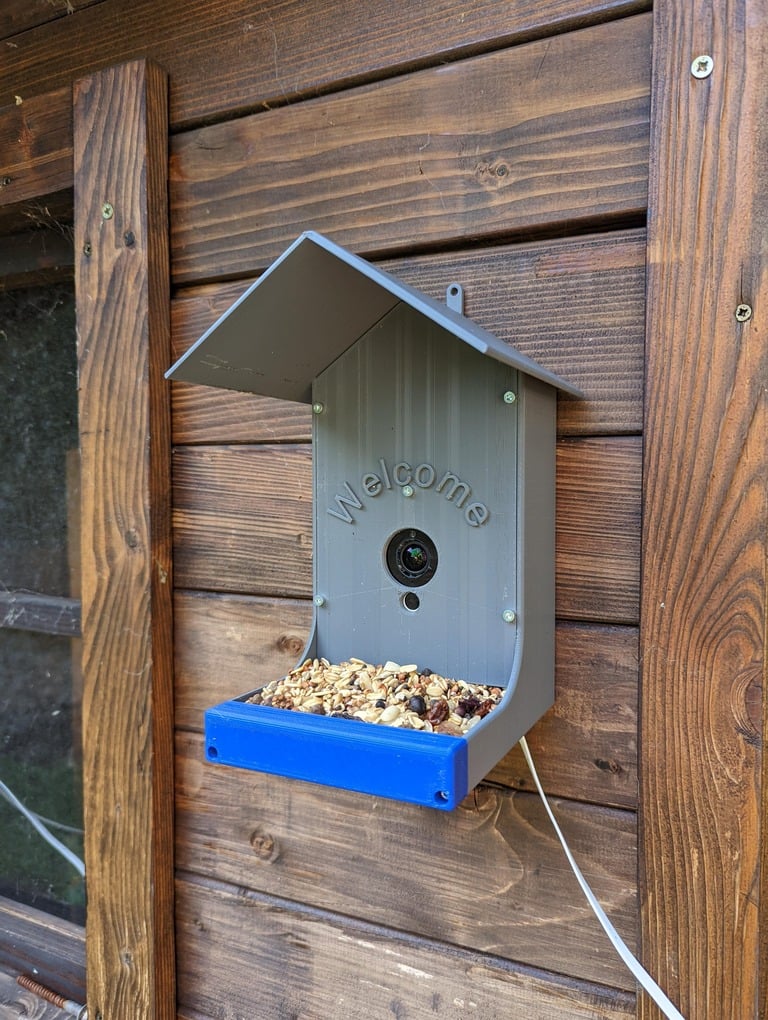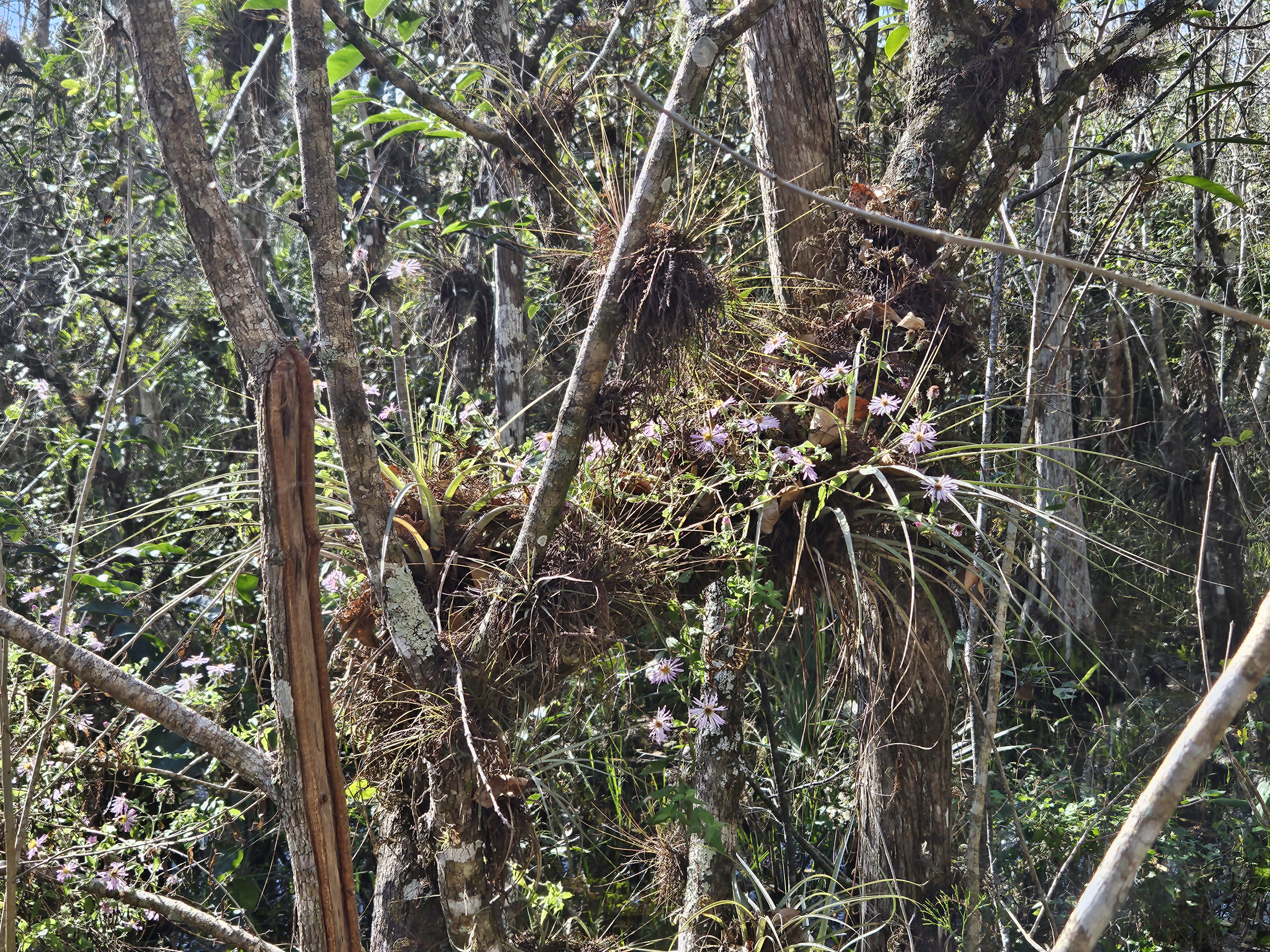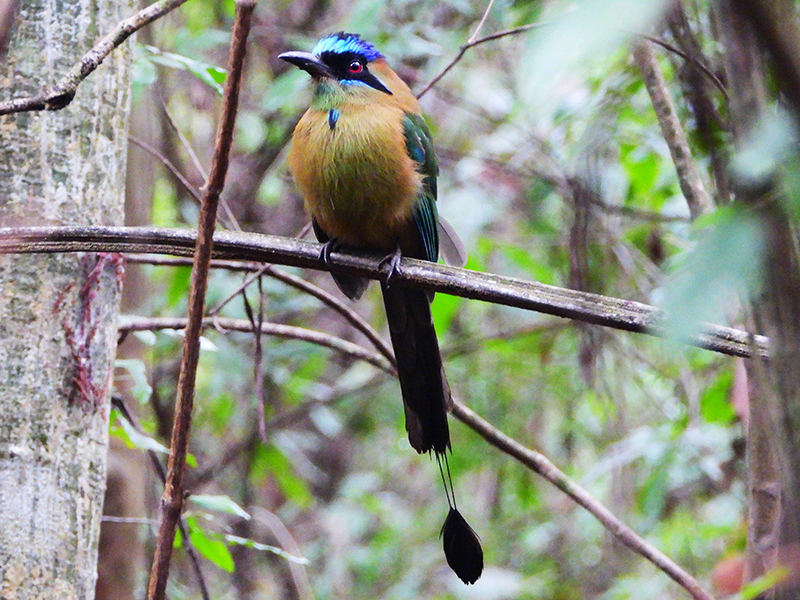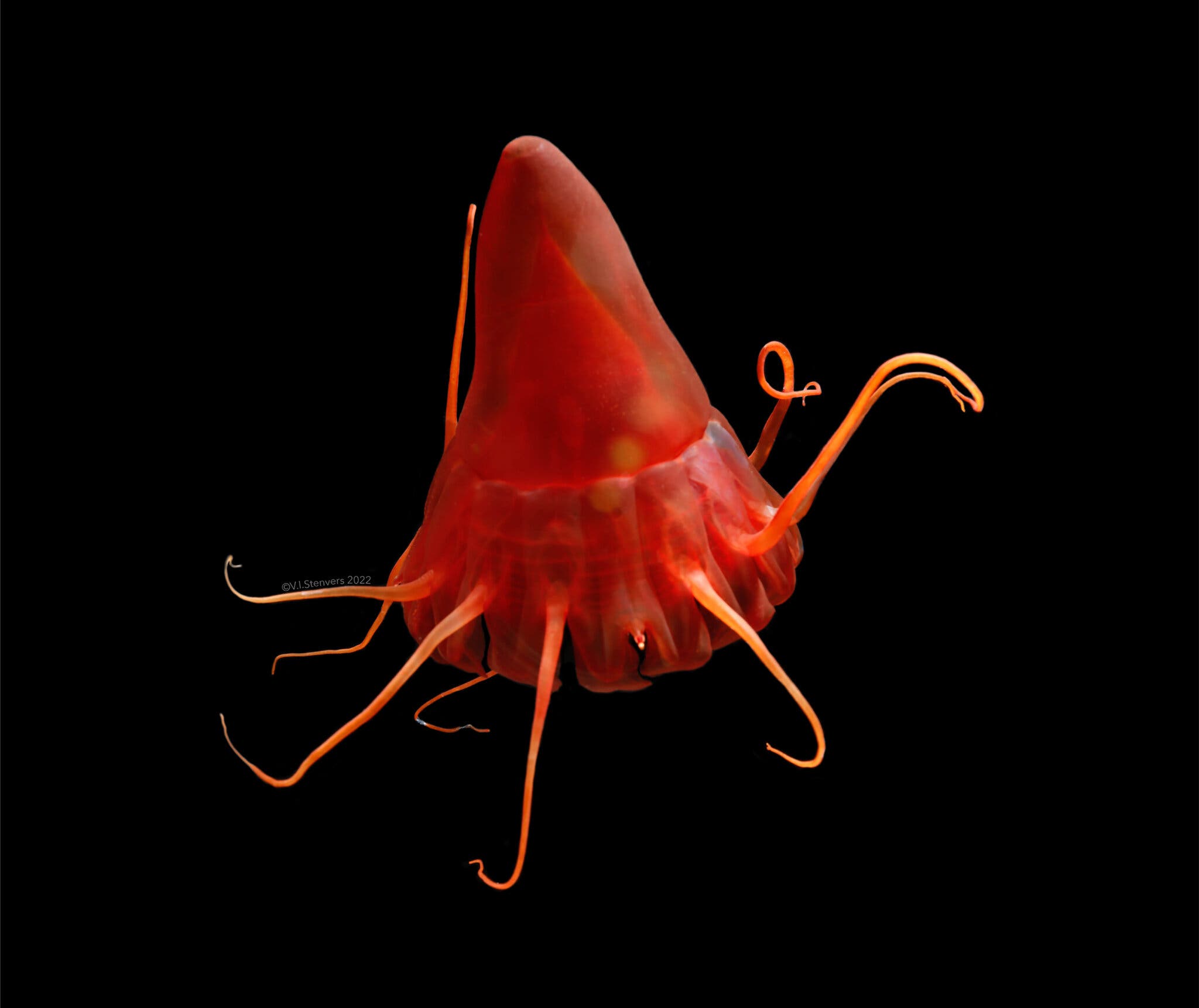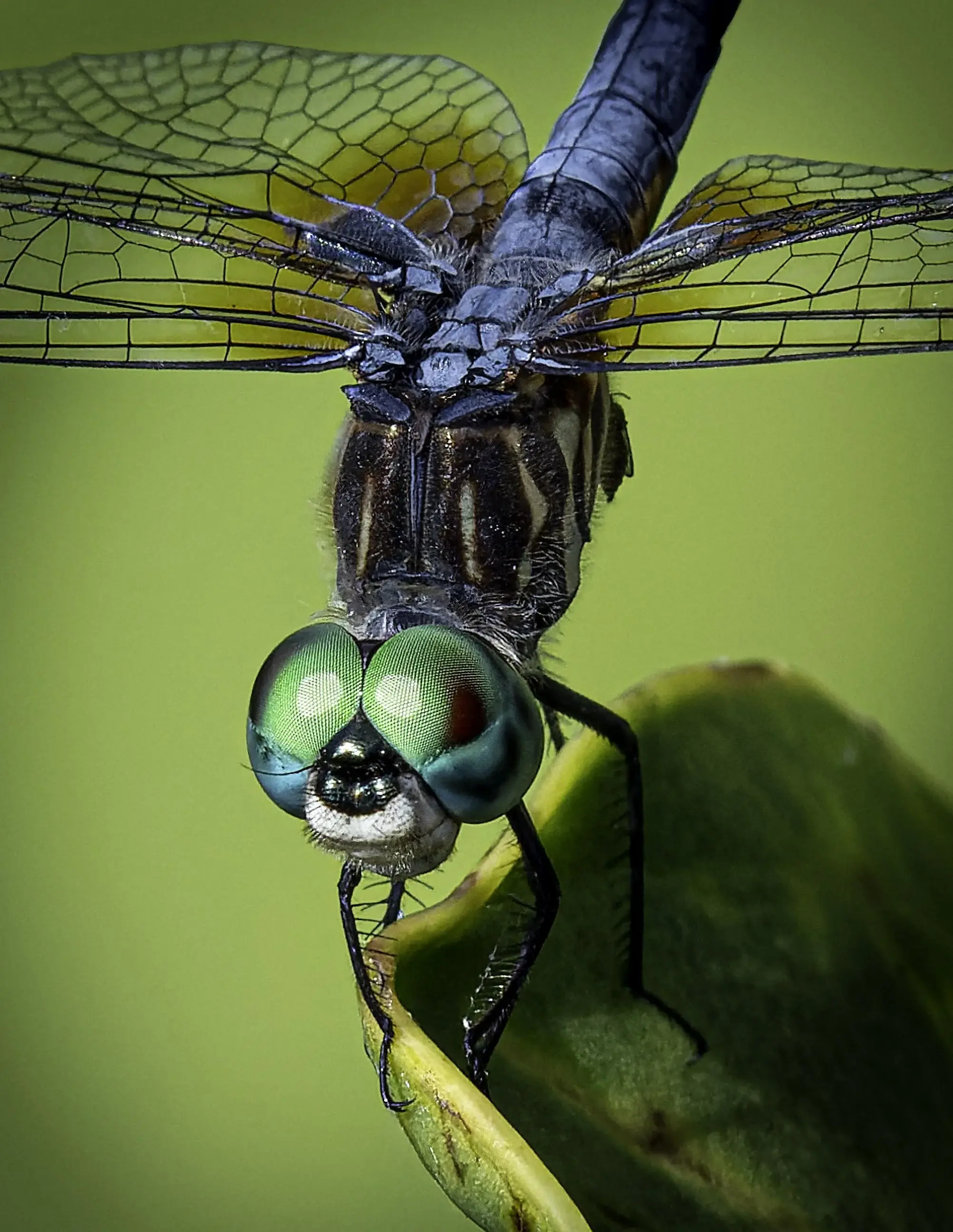earth
0 readers
0 users here now
The world’s #1 planet!
A community for the discussion of the environment, climate change, ecology, sustainability, nature, and pictures of cute wild animals.
Socialism is the only path out of the global ecological crisis.
founded 4 years ago
MODERATORS
2
3
4
5
6
7
8
9
10
1
New guidebook draws on real-world experiences for running private nature reserves
(news.mongabay.com)
11
12
1
Track-a-mole: Sniffer dog and eDNA help ‘rediscover’ South African golden mole
(news.mongabay.com)
13
14
1
The University of California has all but dropped carbon offsets - and thinks you should, too
(www.technologyreview.com)
15
16
1
Everybody has a spider story, but these amazing creatures are often misunderstood
(theconversation.com)
17
18
19
20
21
22
23
24
25
view more: next ›
